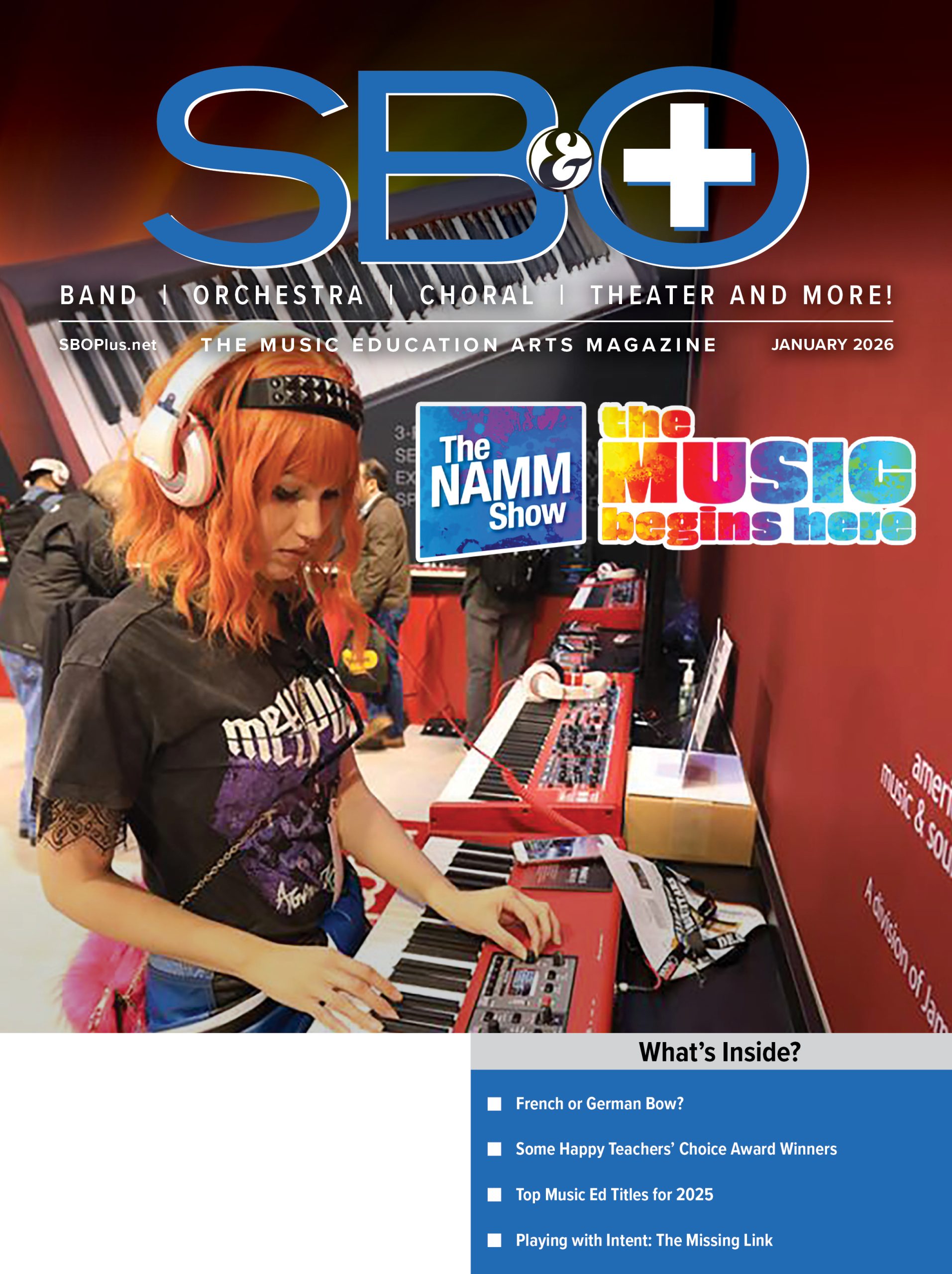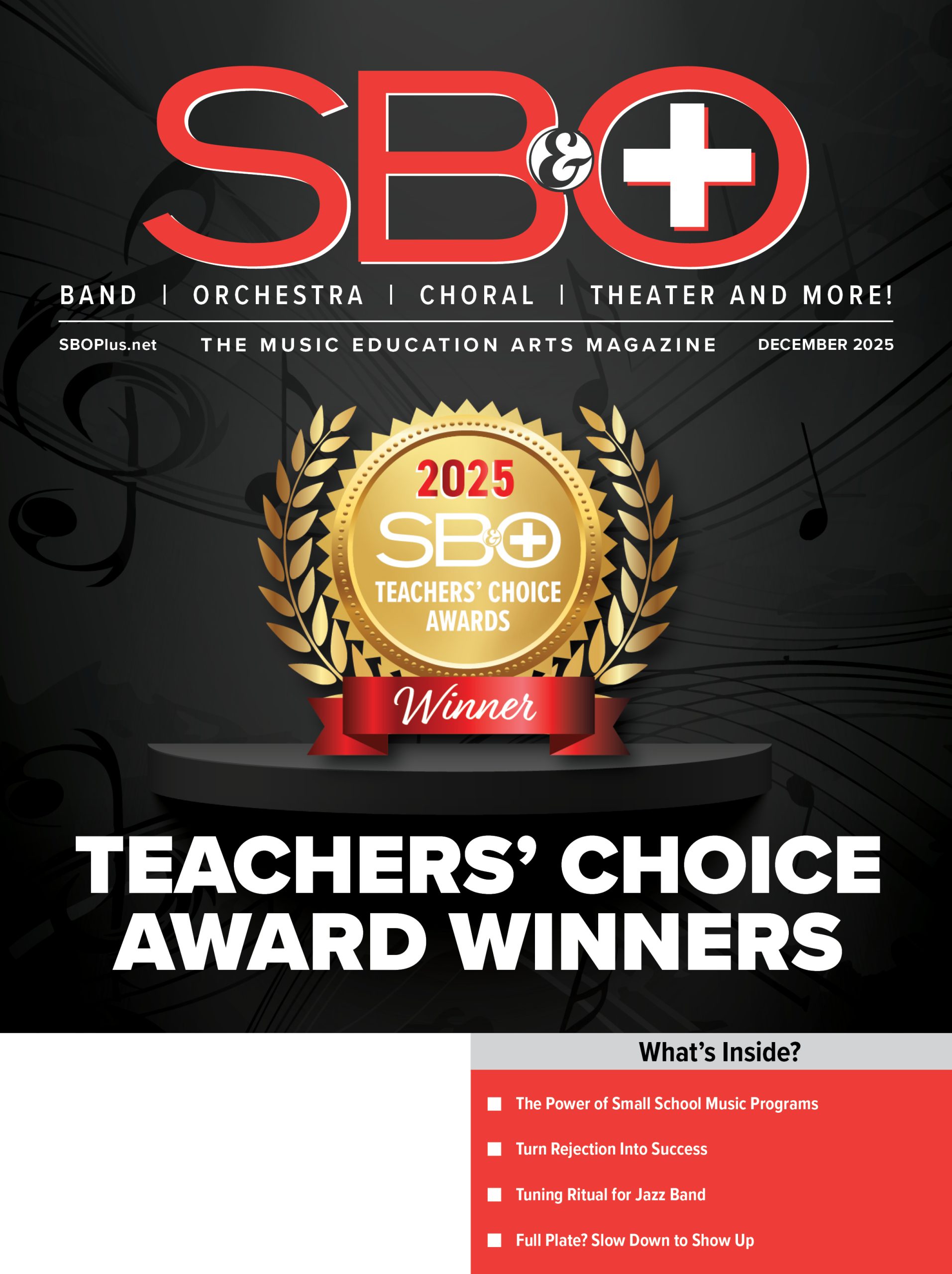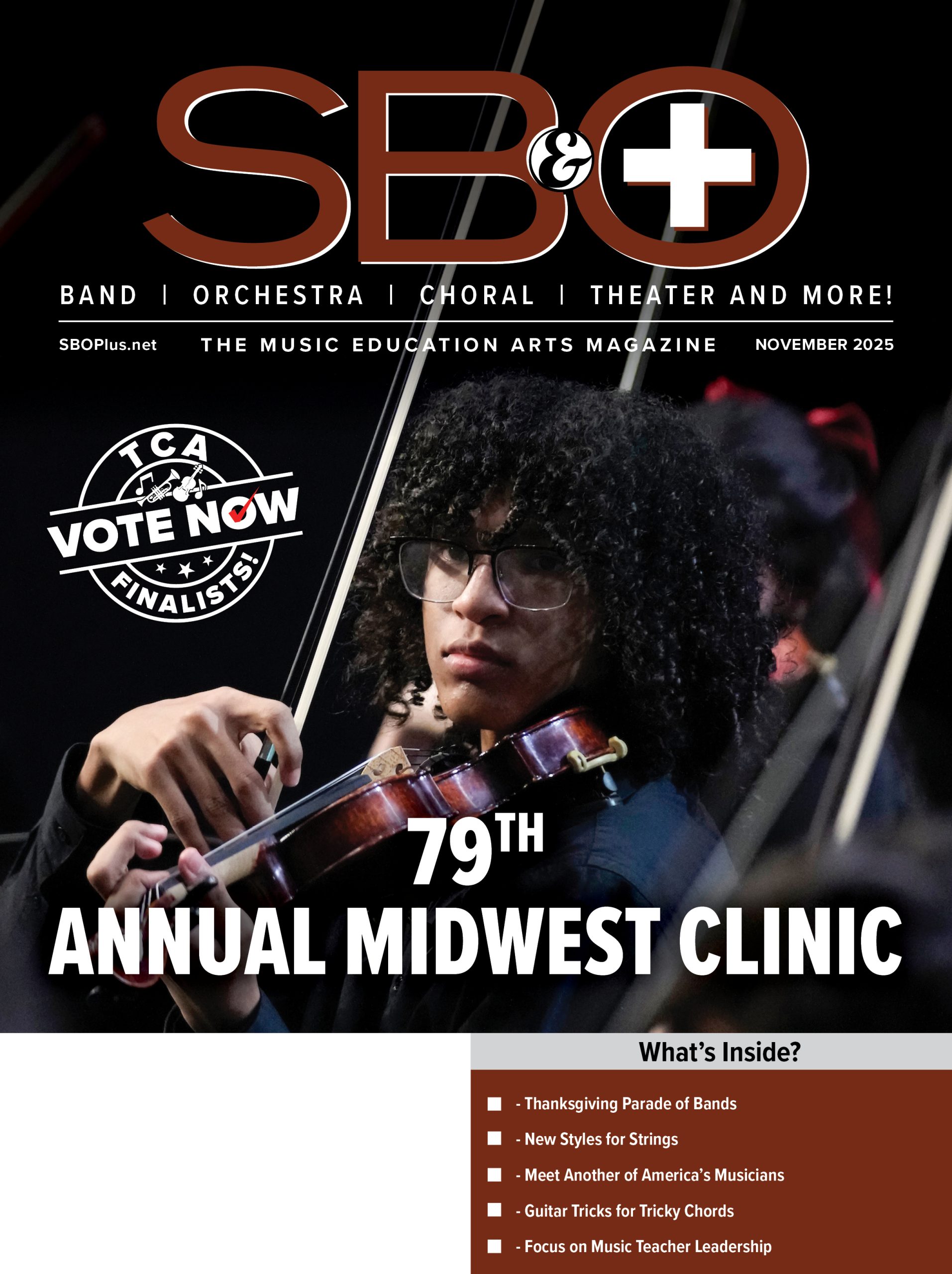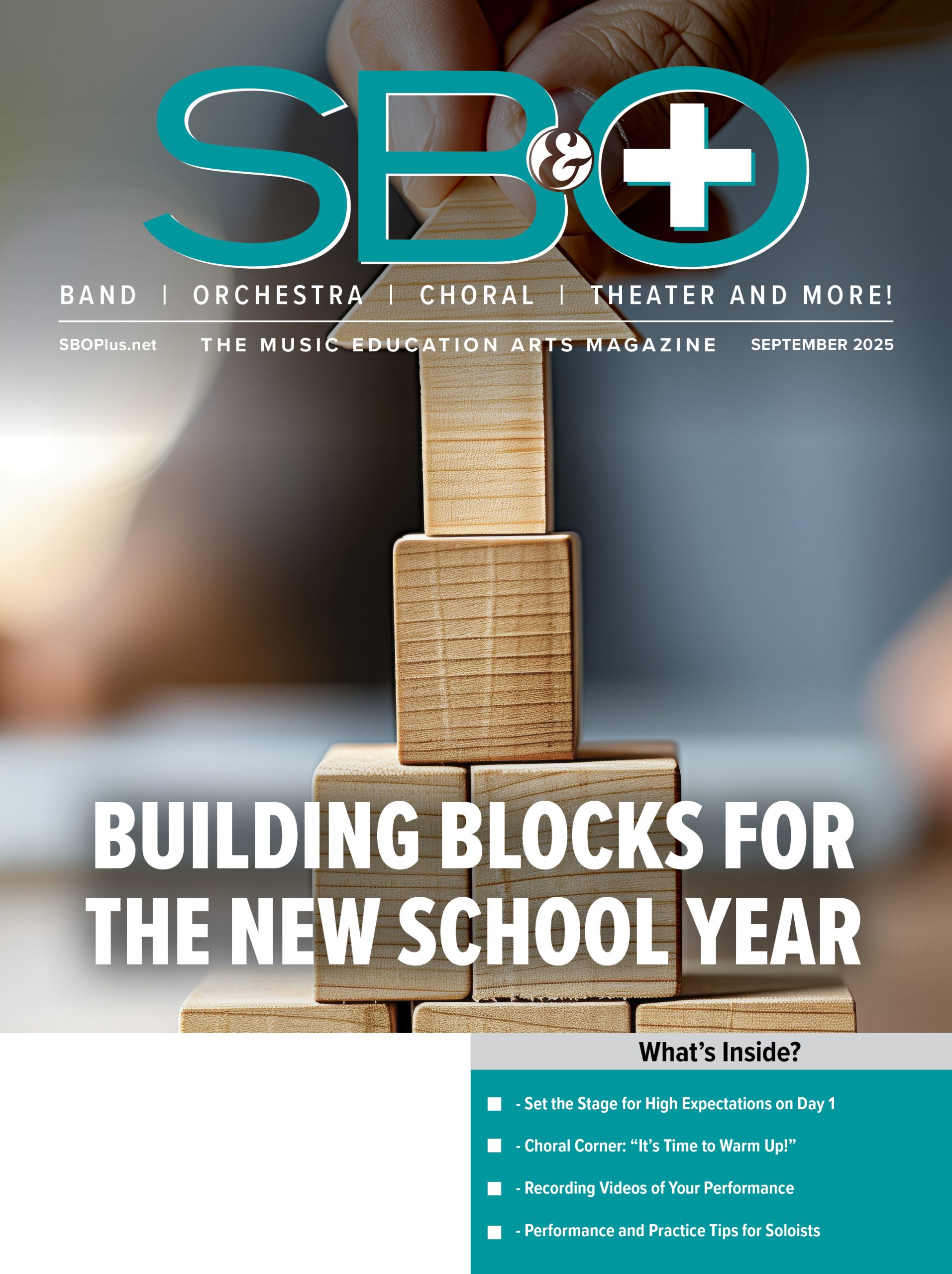
Applying the concept of muscle memory to marimba pedagogy is extremely important for the development of your students. This is even more crucial since there is no direct contact between the performer and the marimba. A pianist can feel and touch the keys, creating a more intimate connection to the instrument. A marimba player must have a built-in knowledge as to where the keys are, as well as understand spaced intervals and distancing. The lengths of the shafts of the mallets also create challenges. Adding musical concepts such dynamics, rhythm, expression, technique, and accuracy makes muscle memory the cornerstone of developing marimba fundamentals. Here are several ways to develop muscle memory with your students.
Practice Scales And Exercises
Playing scales and exercise with proper technique is a great place to start. Have your students start at extremely slow tempos and gradually build up speed. It is very important that fundamentals such as striking the center of the bar and proper grip are given immediate attention at all times. Giving your student the opportunity to gain a general feel for the instrument is a great start.
Four Mallet Chord Exercises
Practicing four mallet exercises will help your students gain spatial awareness of the marimba and also the intervals associated with different chords. Have your students start simple with chords in the tonic position before opening up into different inversions, and then finally expanding the chords into several octaves. A great book for this is 4 Mallet Fundamentals by Neil Grover and Garwood Whaley.
Always Memorize Literature
I am a firm believer in memorizing all music in the development of muscle memory. A student can focus on technique and musicianship and not have their eyes glued to the music. This allows them to focus on performance and movement. It is also better in a band or orchestra setting because your students can have their eyes on the conductor rather than the sheet music.
Repetition While Memorizing
Practice does not make perfect. Perfect practice makes perfect. Have your students repeat musical passages over and over again until muscle memory takes over. Divide the music into segments and have them play only four to eight measures at a time. Once these measures are mastered, add another four bars and commence the same sequence. Then have your student play all of the learned sequences over and over. This concept is called “review and enlarge”. Focusing on perfection, musicality and accuracy before adding new material is so important. Playing slow and perfect is much better than playing fast. The speed will come. The development of muscle memory must be done at slow tempos and to perfection.
Practice With Your Eyes Closed
I often find myself closing my eyes sometimes while I perform. Not relying on eyesight for accuracy and feeling the flow of the instrument will force muscle memory. Of course, your students will have to perform extremely slow while doing this at first. When I close my eyes during a performance and I am playing fast passages, I sometimes think, “How am I doing this?” It isn’t magic. It is simply years of playing where my hands, arms and fingers just know where every note is located as well as the distances between intervals. This is muscle memory at its highest level.
The goal of all marimba students is to master muscle memory on any music work or solo. Your student will know they have achieved this goal when they can play through the entire song without even thinking. Do humans think when we walk or when we breathe? The answer is no. The reason for this is because our body just knows how to do these tasks without a moment of thought. Thought gets in the way of the connection between the music and the soul. Performing without thinking is how a musician can achieve the most spiritual performances. This is what a marimba player should always strive for when practicing. Your students can then focus on playing passionately and communicating emotion to the audience, and the performances will be very enjoyable for them. When your student can mentally go through the alphabet or do a math equation in their head while he or she is playing a solo, then the student has mastered muscle memory. As they say in The Matrix, “When you are ready, you won’t need your eyes.”
In 2016, The Huffington Post called Kevin Lucas “the most talented percussionist since Lionel Hampton, Ginger Baker and Tito Puente.” He has been nominated for 38 music industry awards for his Echoes in the Sand album, and he won the 2016 American Songwriting Awards. Kevin performed with the Madison Scouts Drum and Bugle Corps from 1992-1994 and won the DCI Midwest Individuals in 1994 for keyboard percussion. He placed second in the United States for concert hall percussion at the Music Teachers National Association collegiate competition in 1997.





























